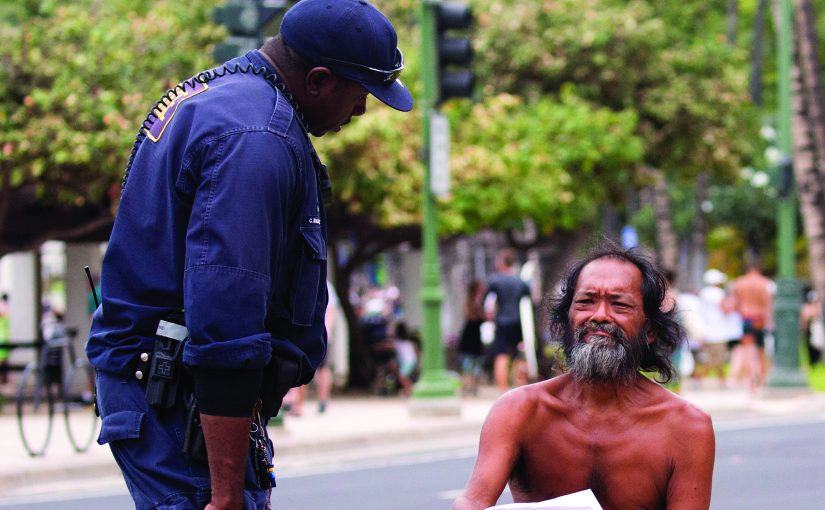A Recovery-Oriented Model for Community Policing
Community and Law Enforcement-Assisted Recovery

At the Winthrop Police Department in Winthrop, Massachusetts, officers work a schedule of four days on and four days off. Shifts are 10 hours long, and the jurisdiction’s patrol officers have learned to review dispatch logs and incident reports prior to the start of their shifts in order to be up to date with the narrative of the community. In 2014, agency personnel realized these logs and reports were amazing sources of valuable information in narrative format about community needs, and, often, personal or community-wide challenges of one type or another. Department leaders began thinking about possible uses for this important information other than traditional policing. For example, patrol officers in Winthrop, as in many communities, field a high number of calls involving community members affected by mental health (MH) issues or substance use disorders (SUDs). Rather than merely continuing to respond to these frequent calls, closing them out, and responding again and again, the department’s leadership recognized an opportunity to guide community members to assistance and resources. Law enforcement has a monumental opportunity in this data set to target police action from a guardian perspective, transforming policing into a restorative process. This led to a complete shift in the officers’ mindset and set the stage for patrol officers to begin flagging what came to be known as “matters” on which to conduct follow-up and outreach. These matters were easy to identify and included calls for service about MH and SUDs. The dispatch logs and police incident reports have information about the type of call, the person who made the call, and where the incident occurred. This type of information is also available for calls related to well-being checks, mental health crises, domestic violence, and other related calls for service.
The newly identified moral imperative hidden in the police data caused a subtle but massive shift to the routine way of doing things. The department was leaving the service loop open by failing to use the data generated by the initial calls for service to connect the people involved to appropriate services. There was more work that needed to be done on each call for service—the service loop had to be closed by finding the people involved and connecting them to appropriate help.


